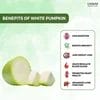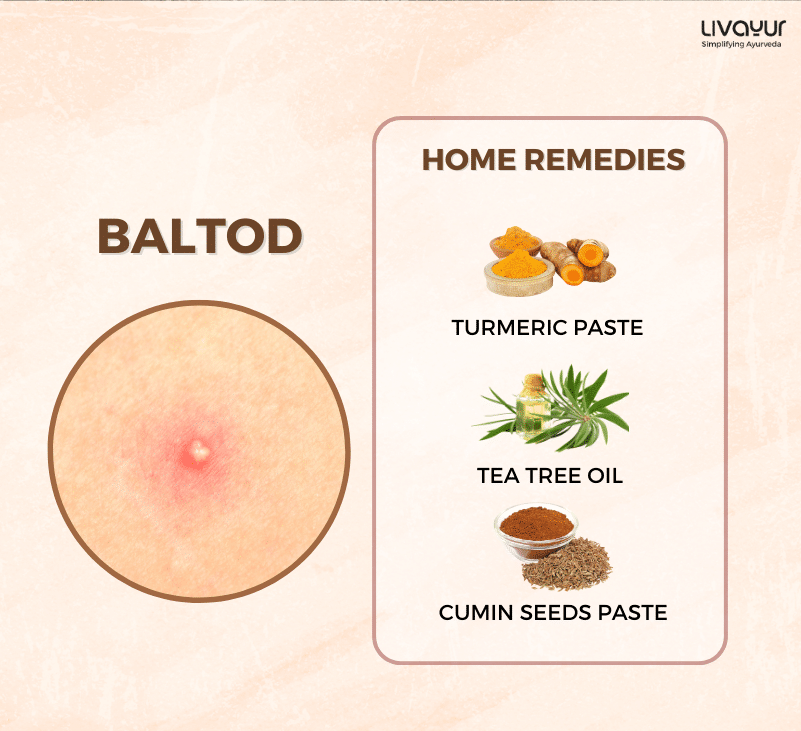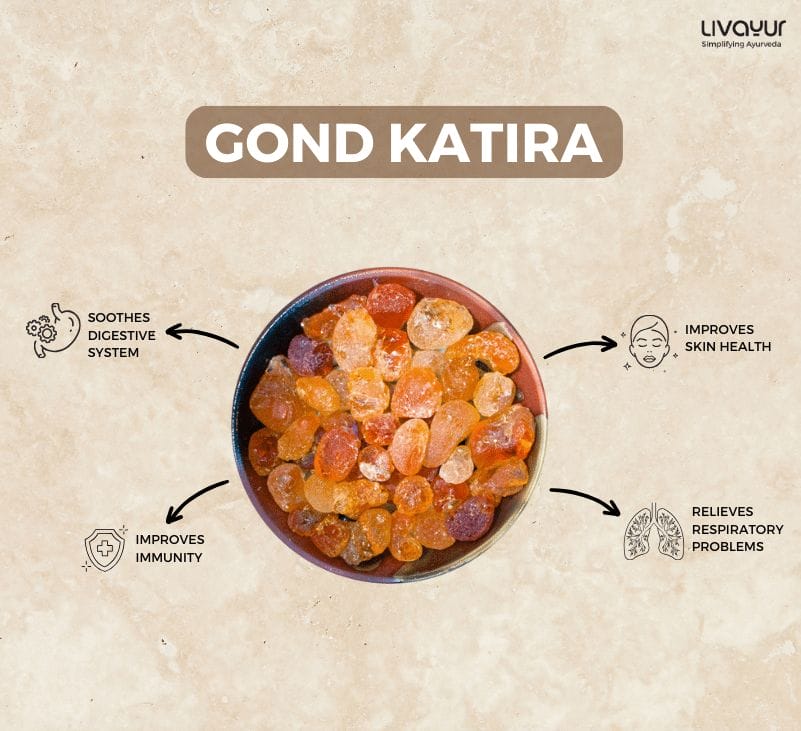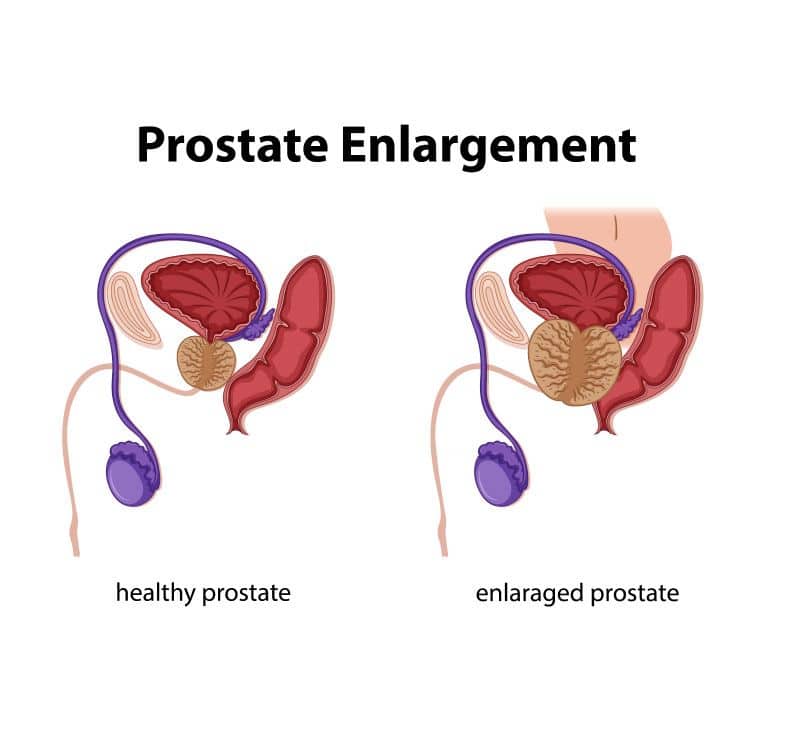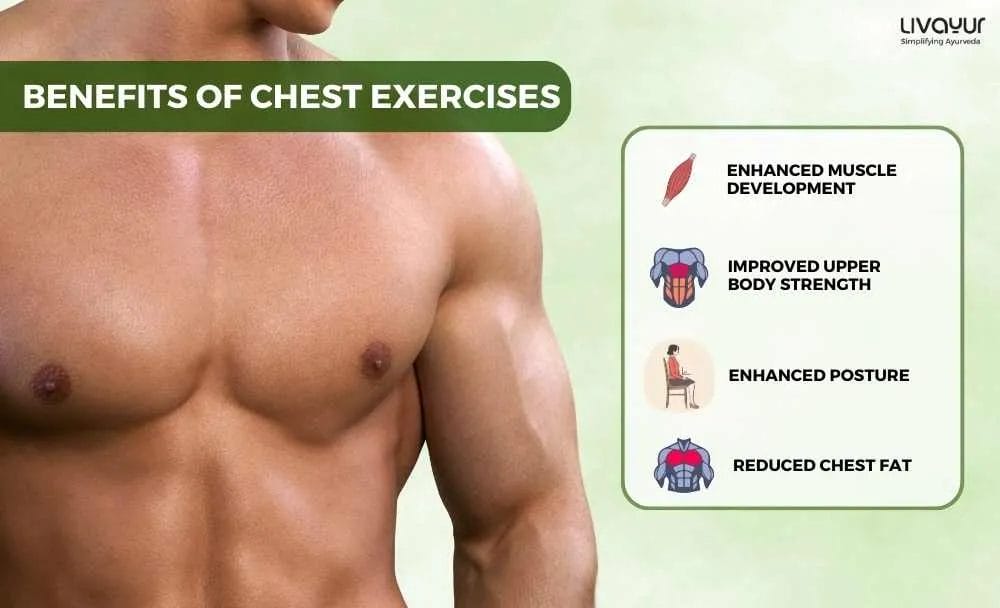
A well-defined and strong chest is a symbol of health and fitness. Engaging in regular chest exercises can help you build and tone your chest muscles, improve upper body strength, and enhance overall posture. In this article, we will explore 12 effective chest exercises that you can easily perform at home without any specialized equipment. Let’s dive into the benefits and techniques of these exercises to achieve a sculpted chest.
Benefits of Chest Exercises [1] [2]
1. Enhanced Muscle Development
Primary Benefit: Chest exercises target the pectoral muscles, stimulating muscle growth and development in the chest region.
Secondary Benefit: Strengthening the pectoral muscles provides better support to the upper body, improving overall upper body strength.
2. Improves Upper Body Strength
Primary Benefit: Chest exercises engage multiple muscles in the upper body, including the shoulders, arms, and core, leading to improved overall upper body strength.
Secondary Benefit: Increased upper body strength allows for better performance in daily activities and sports.
3. Enhanced Posture
Primary Benefit: Strengthening the chest muscles can help improve posture by counteracting the effects of rounded shoulders and slouching.
Secondary Benefit: Improved posture not only enhances physical appearance but also reduces the risk of neck and shoulder discomfort.
4. Reduced Chest Fat
Primary Benefit: Regular chest exercises combined with a balanced diet can help reduce excess fat in the chest area.
Secondary Benefit: Reduction in chest fat contributes to a more defined and sculpted chest appearance.
Best Chest Exercises
Here are 12 effective chest exercises that you can perform at home:
1. Push-Ups
Start in a high plank position with your hands shoulder-width apart. Lower your body by bending your elbows and then push back up to the starting position.
2. Chest Press
Lie on your back on a bench or the floor. Hold dumbbells or weights in each hand and extend your arms straight up. Lower the weights to the sides of your chest, then push them back up.
3. Dumbbell Flyes
Lie on your back on a bench or the floor, holding dumbbells with your arms extended above your chest. Lower your arms out to the sides in a wide arc, then bring them back up to the starting position.
4. Incline Push-Ups
Place your hands on an elevated surface, like a bench or step, with your feet on the floor. Perform push-ups in this inclined position, focusing on engaging your chest muscles.
5. Decline Push-Ups
Place your feet on an elevated surface, like a step or bench, with your hands on the floor. Perform push-ups in this declined position, targeting your upper chest muscles.
6. Diamond Push-Ups
Assume a high plank position with your hands close together, forming a diamond shape with your thumbs and index fingers. Perform push-ups while keeping your elbows close to your body.
7. Chest Dips
Position your hands on parallel bars or sturdy furniture behind you, with your body suspended in the air. Lower your body by bending your elbows, then push back up using your chest muscles.
8. Stability Ball Chest Press
Sit on a stability ball with dumbbells or weights in each hand. Roll your body down until your head, neck, and upper back are supported on the ball. Extend your arms up, then lower the weights to the sides of your chest and press them back up.
9. Resistance Band Chest Flyes
Stand with your feet shoulder-width apart and hold resistance bands in each hand. Extend your arms out to the sides, then bring them together in front of your chest, squeezing your chest muscles.
10. Plyometric Push-Ups
Perform a regular push-up but explode off the ground, clapping your hands together in mid-air. Land with control and immediately go into the next repetition.
11. Medicine Ball Push-Ups
Place one hand on a medicine ball and the other hand on the floor. Perform push-ups while alternating the placement of your hands on each repetition.
12. Isometric Chest Squeeze
Stand with your arms extended in front of you, palms facing each other. Squeeze your palms together as hard as you can, engaging your chest muscles. Hold the squeeze for a few seconds, then release.
Myths about chest exercises
Well, many myths rotate around in the internet era and become folklore. Some of those myths revolve around chest exercises. Let us take a moment to acknowledge these myths and bust them.
Myth 1: Women shouldn’t do chest exercises
Some people on the internet will tell you that women shouldn’t do chest exercises because it will make their breasts smaller, bigger or maybe firmer than ever. However, the research on the matter tells you that all women must exercise. [3]
And by exercise, we also mean chest exercises. You ask, ‘Why?’
Well, let us be the ones to tell you that chest exercises do not have any impact on your breasts. Chest exercises enhance your pectorals, while your breasts are made of fat tissues.
If you’re aiming for weight loss or gain, be certain that some of that weight will be lost or added to your breasts, but be assured that doing chest exercises isn’t going to be the reason for that.
Myth 2: You don’t need to include chest exercises in your workout
Absolutely wrong. Your whole body works together as a single unit. Ignoring your pectorals when working out will lead to muscle imbalances, which could eventually lead to injuries.
If you’re working out regularly, you need to include chest exercises in your regimen.
Who should perfrom and who shoild not are not mentioned in the blog
Conclusion
Incorporating these 12 effective chest exercises into your home workout routine can help you achieve a well-developed and sculpted chest. Remember to perform the exercises with proper form and gradually increase the intensity as your strength improves. Consult with a fitness professional or healthcare provider before starting any new exercise regimen, especially if you have pre-existing health conditions. Embrace the power of chest exercises to enhance your upper body strength, posture, and overall fitness.
FAQs
1. Are chest exercises suitable for both men and women?
Yes, chest exercises are beneficial for both men and women. They help strengthen and tone the chest muscles, leading to improved overall upper body strength and posture.
2. Can I perform chest exercises at home without any equipment?
Absolutely! Many chest exercises can be performed at home without the need for specialized equipment. Exercises like push-ups, chest dips, and bodyweight exercises effectively target the chest muscles.
3. How often should I perform chest exercises?
The frequency of chest exercises depends on your fitness goals and overall exercise routine. It is recommended to have at least 1-2 days of rest between chest workouts to allow for muscle recovery and growth.
4. Can chest exercises help reduce breast size in women?
While chest exercises can strengthen and tone the chest muscles, they cannot specifically target fat reduction in a particular area. Overall body fat reduction through a balanced diet and regular exercise may contribute to reducing breast size.
5. Can I do chest exercises with a shoulder injury?
If you have a shoulder injury, consult a healthcare professional or physical therapist before attempting chest exercises. They can guide whether it’s safe to perform these exercises or suggest modifications to avoid aggravating the injury. Prioritizing your safety and following professional advice is crucial for proper healing and preventing further damage.
Disclaimer
This article is written from a health and lifestyle perspective. It is for general information and is not meant to substitute any medical advice. Please consult your doctor for appropriate medical consultation.
